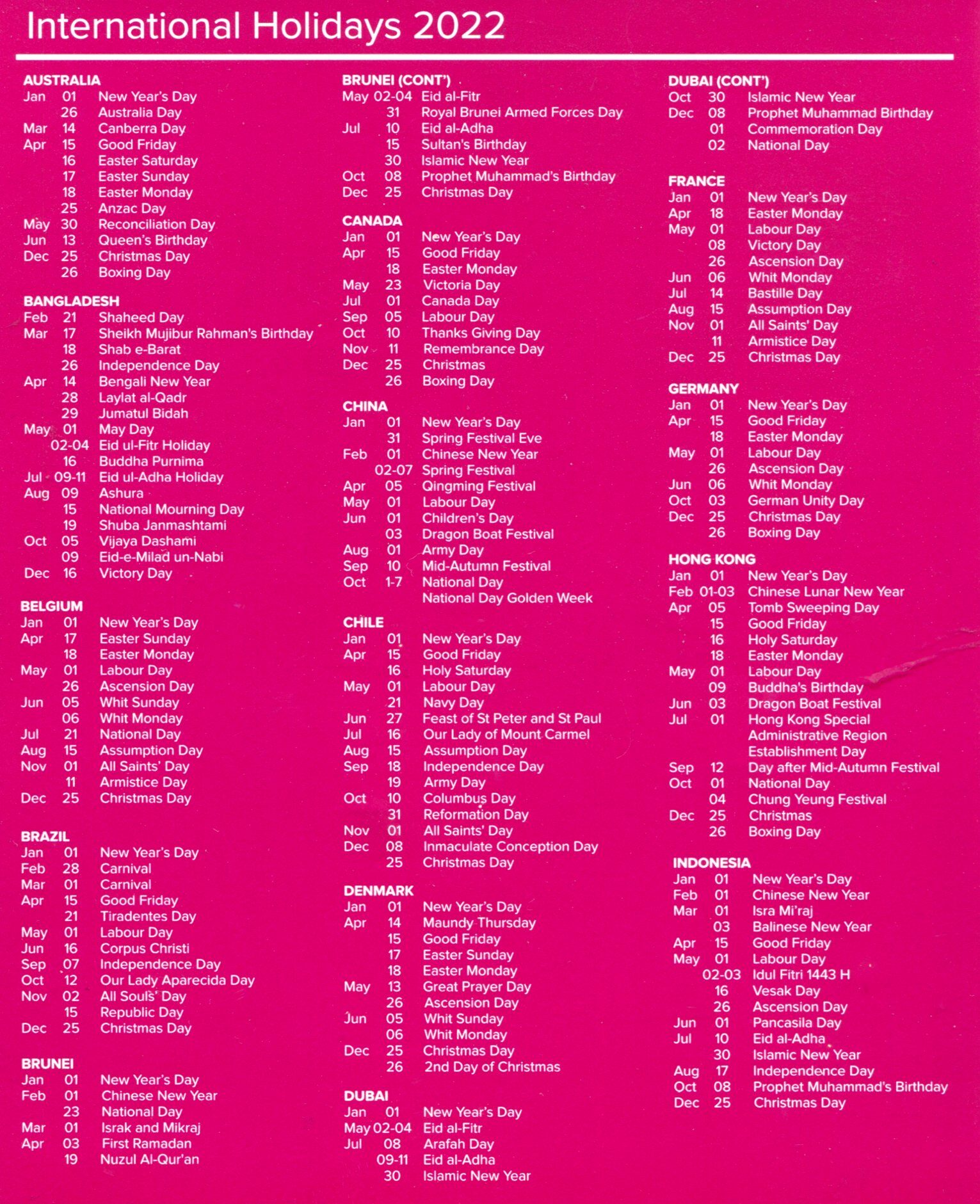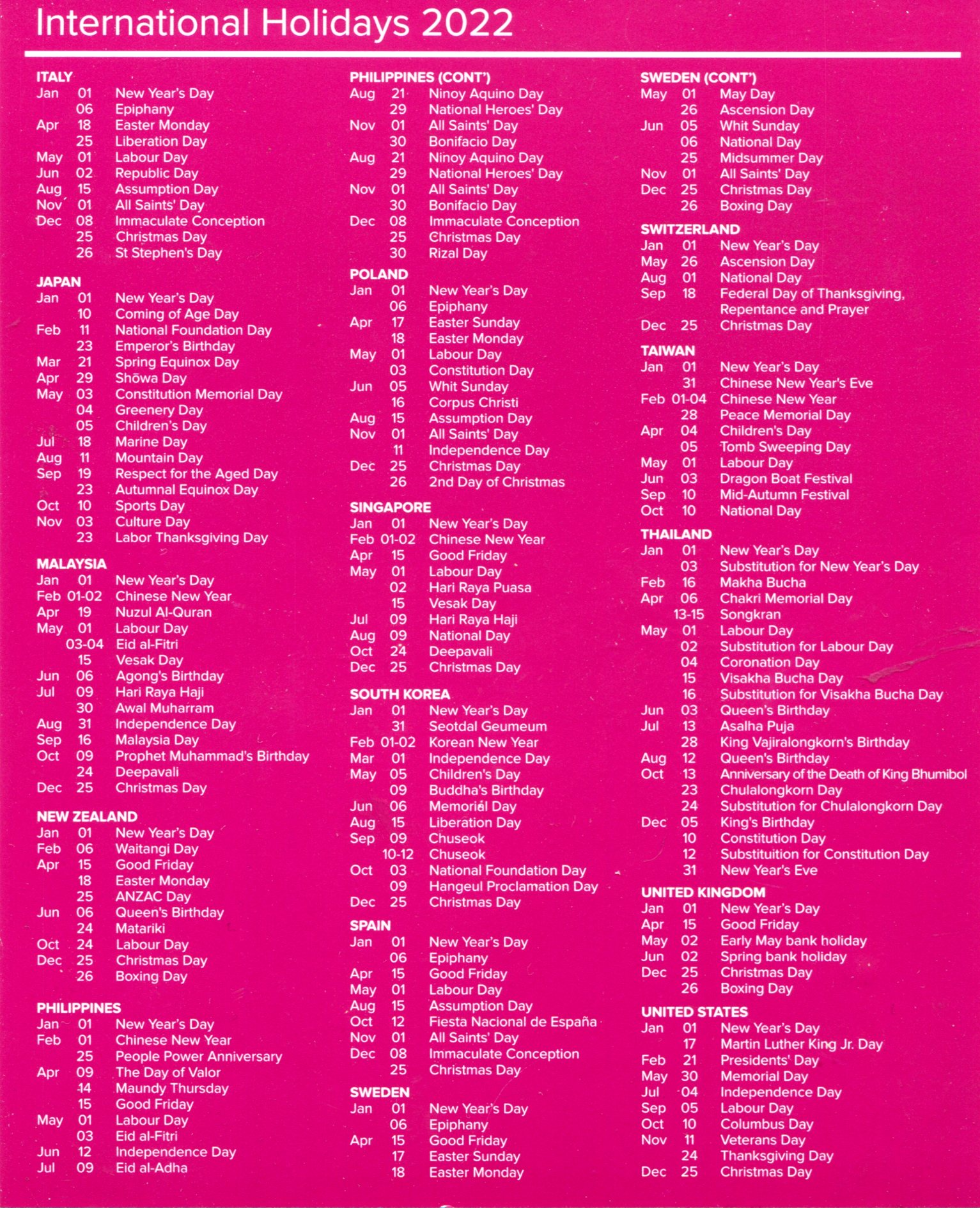“Presidents Day” is here again, but no holiday for me. George Washington’s birthday isn’t until Wednesday, anyway. It’s all very well to honor the father of our country, but, like Dr. King, why couldn’t he have been born in some warmer month?
Here’s another banknote of mine without Roman lettering that I decided to identify over the weekend.
No Cyrillic, either. It turned out to be relatively easy to pin down, since most notes tend to feature one or the other, even if a country’s dominant language(s) are in another script. Another useful clue are the Hindu-Arabic numerals for the date, 2013.
It’s a two-taka note from Bangladesh, whose symbol is the curious ৳, which seems to suggest the Bengali script for the word, টাকা, but also a Roman t. Various sources say this note has mostly passed from circulation, replaced by coins. Also, its one-hundredth division, poysha, has evaporated in the heat of decades of inflation. In theory, a 2-taka note is worth just shy of U.S. 2 cents.
Speaking of fathers of nations, though a rather different example, father of Bangladesh Sheikh Mujibur Rahman is on the observe. Next to him is the National Martyrs’ Memorial near Dhaka, commemorating those who died for independence in bloody 1971.
In the upper right corner, the national emblem of Bangladesh. “Located on the emblem is a water lily, that is bordered on two sides by rice sheaves. Above the water lily are four stars and three connected jute leaves,” Wiki notes. Jute may yet have its day as a green fiber.
On the reverse, another memorial to the dead. In this case, the Shaheed Minar (The Martyr Tower) of the Bengali Language Movement, whose day happens to be tomorrow.

